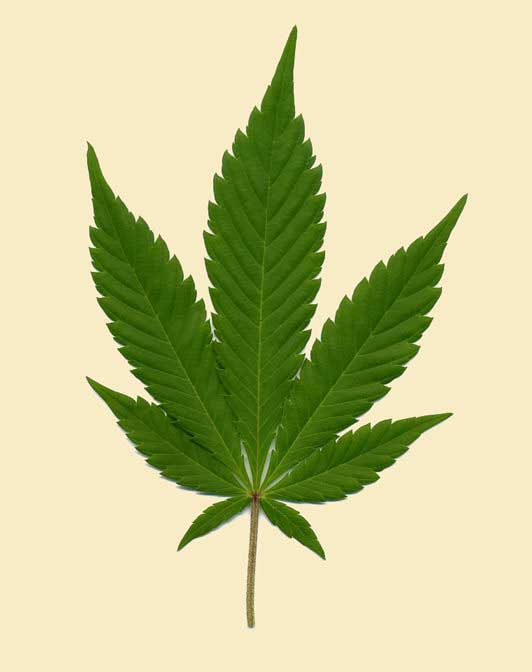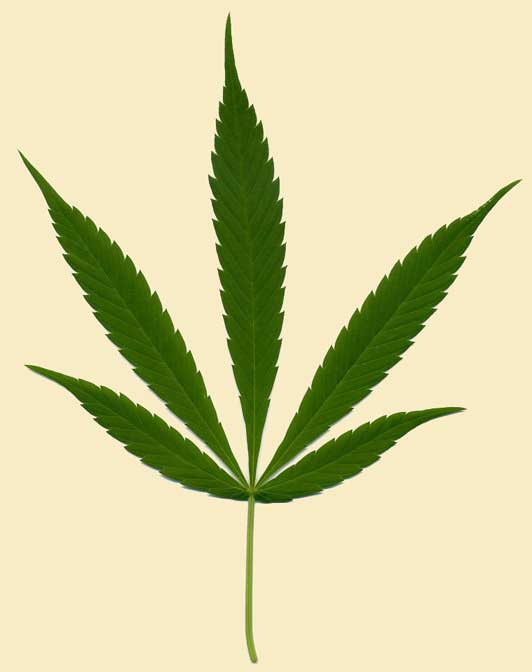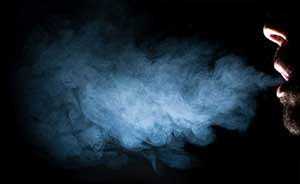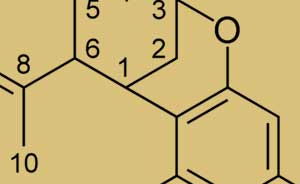Cannabis 101: From Ancient History to Present
Cannabis has long been used for hemp fibre, for seed and seed oils, for medicinal purposes, and as a recreational drug. Industrial hemp products are made from Cannabis plants selected to produce an abundance of fiber.
Marijuana (or marihuana) is another name for the cannabis plant and is first attributed to some form of Mexican Spanish. Pharmacologically, the principal psychoactive constituent of cannabis is tetrahydrocannabinol (THC); it's one of 483 known compounds in the plant including 84+ other cannabinoids like cannabidiol (CBD), cannabinol (CBN), tetrahydrocannabivarin (THCV) and cannabigerol (CBG).
In 2004, the United Nations estimated that global consumption of cannabis indicated that approximately 4% of the adult world population (162 million people) used cannabis annually, and that approximately 0.6% (22.5 million) of people used cannabis daily.*
Cannabis 101
Medical marijuana comes in two varieties: Indica and Sativa:

Indica
- Short, stocky plant.
- Grows 3–6 feet tall.
- CBD content is higher; good for pain and inflammation.
- Relaxing, de-stressing, calming.

Sativa
- Tall, thin plant.
- Grows 6–25 feet tall.
- THC content is higher; good for depression and appetite.
- Stimulating, uplifting, energizing.
Cannabis Cannabinoids
Over 85 active chemical compounds, or cannabinoids, have been found in marijuana. These are the main three typically listed on medical marijuana labels and dispensary menus:
THC
Tetrahydrocannabinol

- Main psychoactive
- Reduce pain
- Stimulate appetite
- Reduce nausea
CBD
Cannabidiol

- Non-psychoactive
- Reduce inflammation
- Help anxiety
- Lessen spasms
CBN
Cannabinol

- THC break-down byproduct
- Increases over time
- Determines age of herb
- Higher numbers = drier herb
Read more in our guide to cannabinoids
For Medical Use: What Diseases Does Marijuana Help Treat?
Proponents of medical cannabis have used the CBD and THC found in cannabis for an extremely wide variety of illnesses throughout history. Today, doctors prescribe medicinal cannabis as a treatment for pain relief, inflammation, and other chronic and debilitating illnesses. Both Indica and Sativa strains provide a variety effects that .
Here's a list of diseases, symptoms, and ailments that doctors and medical marijuana practitioners treat with medical marijuana:
- Alzheimer's Disease
- ALS (Lou Gehrig's disease)
- Chronic Pain
- Diabetes
- Dystonia
- Epilepsy
- Fibromyalgia
- GI Disorders: IBS, Crohn's Disease, Colitis
- Glaucoma
- Cancer and chemotherapy
- Hepatitis C
- HIV
- Huntington's Disease
- Hypertension (high blood pressure)
- Incontinence
- Multiple Sclerosis
- Osteoporosis
- Pruritus (eczema)
- Rheumatoid Arthritis
- Sleep Apnea
- Tourette's Syndrome
- Muscular Spasticity
Should You Eat or Vaporize Marijuana?
Eating marijuana makes it hard to control the dose, eating too much is a very easy mistake! Effects of eating don’t kick in for 45min to an hour after eating pot brownies or such a treat. Even the most popular San Francisco medical marijuana edibles vary in strength and dose size per batch. Its kind of a gamble.
But vaporizing weed makes it easy to control your dose as you feel the effects within seconds. Inhale as much as you want and stop when you’re feeling good.
My Favorite Medical Strains
- blue dream
- green crack
- grand daddy purp
- sour diesel
- og kush
- jack herer
- maui wowie
- purple urkle
- grape ape
- trainwreck
- la confidential
- girl scout cookies
- strayberry kush
- mr nice guy
- romulan
- cherry pie
- cheese
 Let’s Vaporize Marijuana: A Guide
Let’s Vaporize Marijuana: A Guide What is Vaporizing?
What is Vaporizing? Find Your Vaporizer
Find Your Vaporizer Cannabis 101
Cannabis 101
 Guide to Vaporizing
Guide to Vaporizing Weed Calculator
Weed Calculator